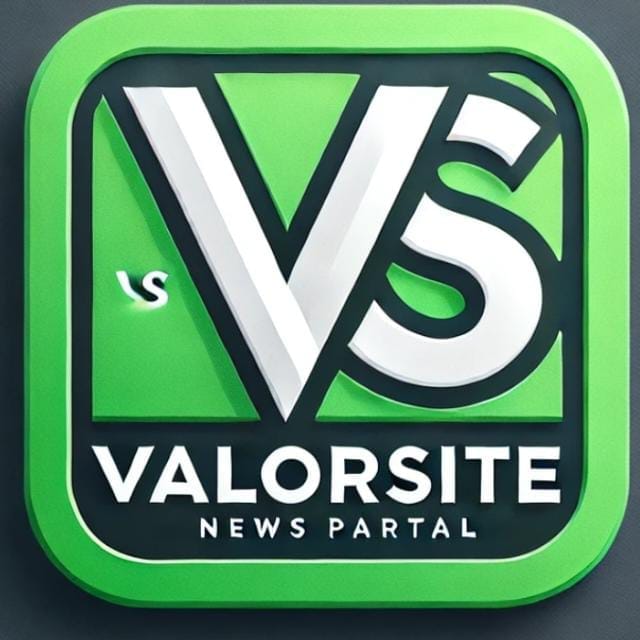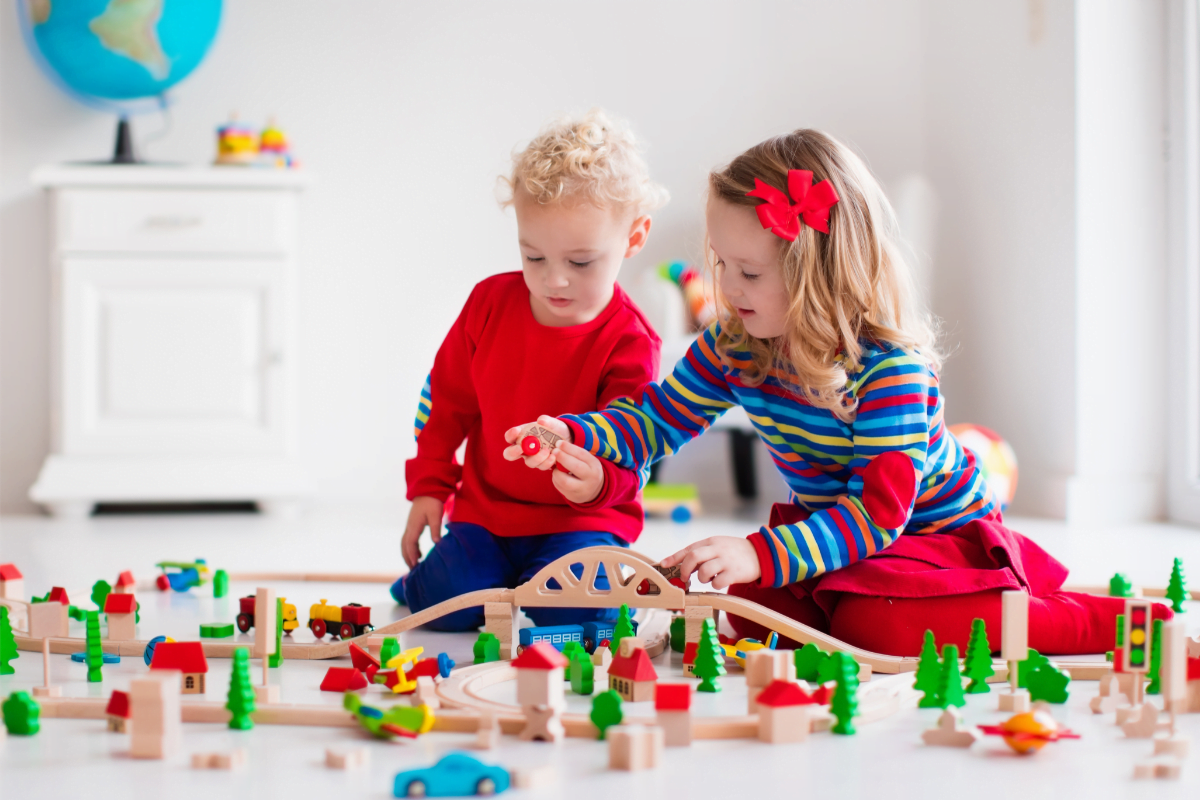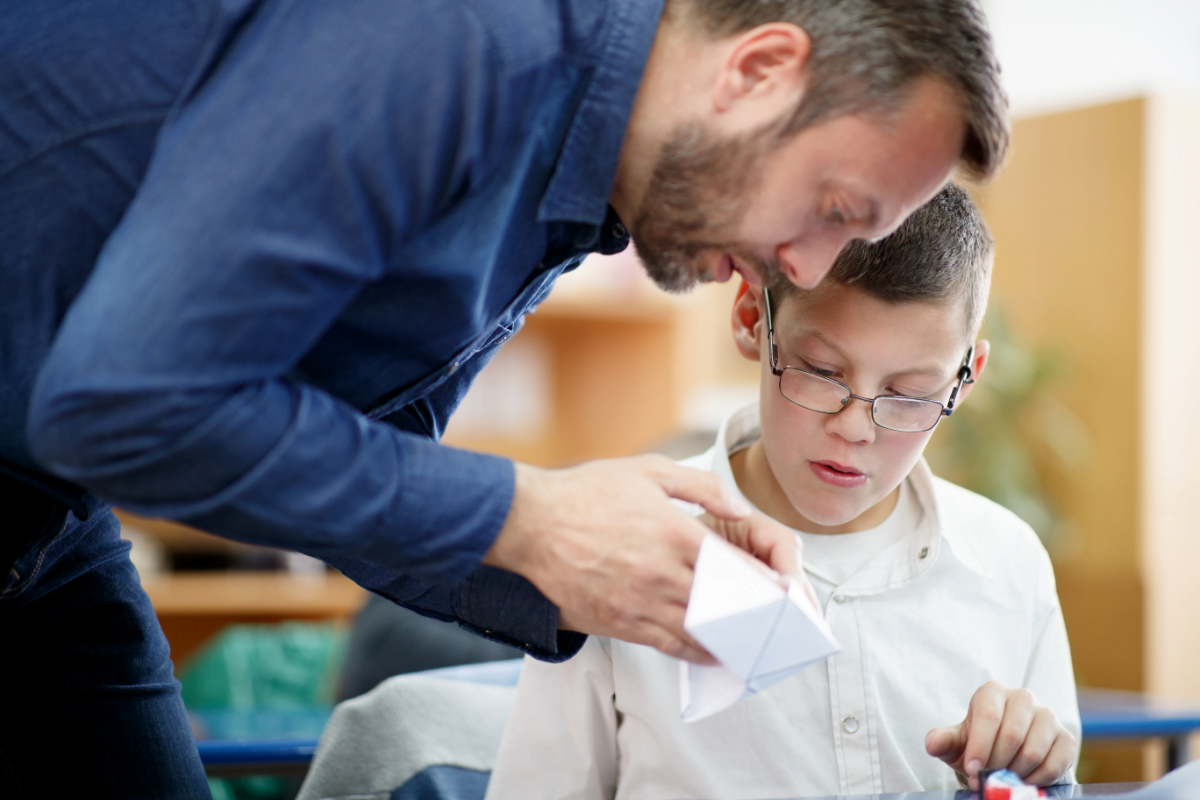Adapted toys are a valuable tool for children with special needs to develop their language skills. These toys are designed to meet the unique needs of children with physical, cognitive, or sensory disabilities, and they can be used to promote language development in a fun and engaging way. By providing children with adapted toys, parents and caregivers can help them build communication skills and improve their overall quality of life.
Adapted toys come in a variety of forms, from simple switch-activated toys to more complex interactive toys that respond to a child’s actions. Some toys are designed to help children learn cause-and-effect relationships, while others are designed to promote social interaction and turn-taking skills. Many adapted toys also incorporate visual and auditory feedback to help children understand the consequences of their actions and reinforce the learning process.
Overall, adapted toys are an essential tool for parents and caregivers of children with special needs. By providing children with these toys, they can help them develop their language skills in a fun and engaging way. With the right toys and support, children with special needs can reach their full potential and lead fulfilling lives.
Importance of Adapted Toys in Language Development
Adapted toys are an essential tool for developing language in special children. These toys are designed to meet the specific needs of children with disabilities and help them to communicate effectively. Children with disabilities face many challenges in their daily lives, and adapted toys provide them with the opportunity to learn, play, and communicate like any other child.
Adapted toys are designed to be interactive and engaging, allowing children to learn through play. They are designed to be easy to use and promote independent play, which is essential for developing language skills. Children with disabilities often struggle to communicate, and adapted toys provide them with a safe and fun environment to practice their language skills.
Adapted toys come in a variety of forms, including electronic toys, puzzles, games, and books. They are designed to be age-appropriate and cater to the specific needs of each child. For example, some toys are designed for children with visual impairments, while others are designed for children with hearing impairments.
In addition to developing language skills, adapted toys also help to promote social interaction and emotional development. Children with disabilities often struggle to make friends and interact with others, and adapted toys provide them with a way to connect with their peers. They also help to build self-esteem and confidence, which is essential for future success.
Overall, adapted toys are an essential tool for developing language in special children. They provide children with disabilities with the opportunity to learn, play, and communicate like any other child. They are designed to be interactive, engaging, and age-appropriate, and promote independent play, social interaction, and emotional development.
Types of Adapted Toys
Adapted toys are designed to help children with special needs develop their language, social, and cognitive skills. These toys are modified to make them more accessible and easier to use for children with disabilities. There are several types of adapted toys, including interactive electronic devices, sensory-enhancing toys, and simple communication aids.
Interactive Electronic Devices
Interactive electronic devices are toys that respond to a child’s actions, such as pressing a button or moving a lever. These toys can help children with special needs develop their language and communication skills by providing them with feedback and encouraging them to interact with the toy. Some examples of interactive electronic devices include talking dolls, musical toys, and electronic games.
Sensory-Enhancing Toys
Sensory-enhancing toys are designed to stimulate a child’s senses, such as touch, sound, and sight. These toys can help children with special needs develop their sensory processing skills and improve their overall sensory integration. Some examples of sensory-enhancing toys include textured balls, vibrating toys, and light-up toys.
Simple Communication Aids
Simple communication aids are toys that help children with special needs communicate their needs and wants. These toys can be as simple as a picture board or as complex as a voice output device. Simple communication aids can help children with special needs develop their language and communication skills by providing them with a way to express themselves. Some examples of simple communication aids include picture books, communication boards, and voice output devices.
In conclusion, adapted toys are an effective tool for helping children with special needs develop their language and communication skills. By providing children with toys that are modified to meet their specific needs, they can learn and grow in a fun and interactive way.
Adapting Toys for Special Needs
Adapting toys for special needs can help children with disabilities develop important language skills while having fun. Customization techniques and safety considerations are important factors to consider when adapting toys for special needs.
Customization Techniques
There are several ways to customize toys for special needs children. One common technique is to add switches or buttons that are easier to use for children with motor impairments. These switches can be placed in convenient locations on the toy, such as on the handle of a toy car or on the side of a stuffed animal.
Another technique is to modify the toy’s sound or light features to make them more accessible to children with sensory impairments. For example, a toy that speaks in a high-pitched voice can be adjusted to speak in a lower tone, making it easier for children with hearing impairments to understand.
Safety Considerations
When adapting toys for special needs children, safety should always be a top priority. It is important to ensure that any modifications made to the toy do not compromise its safety features. For example, if a toy has a small part that could pose a choking hazard, it should not be modified in a way that could make it easier for a child to access that part.
It is also important to consider the child’s individual needs and abilities when adapting toys. For example, a child with a visual impairment may need a toy that is easy to locate and grasp, while a child with a motor impairment may need a toy that is lightweight and easy to manipulate.
By using these customization techniques and safety considerations, adapted toys can be powerful tools for developing language skills in special needs children.
Integrating Adapted Toys into Therapy
Role of Speech-Language Pathologists
Speech-Language Pathologists (SLPs) play a crucial role in integrating adapted toys into therapy sessions for special children. They are responsible for evaluating the child’s language development, identifying their strengths and weaknesses, and setting goals to improve their communication skills. SLPs can use adapted toys to target specific language goals, such as increasing vocabulary, improving sentence structure, and enhancing social communication.
Adapted toys provide an engaging and motivating way for children to practice their language skills. SLPs can use them to create a fun and interactive environment that encourages the child to communicate. By incorporating adapted toys into therapy, SLPs can help children develop their language skills while also building their confidence and self-esteem.
Setting Goals and Measuring Progress
When integrating adapted toys into therapy, SLPs must set specific goals for the child and measure their progress over time. Goals should be tailored to the child’s individual needs and abilities and should be measurable and achievable. SLPs can use adapted toys to target specific language goals, such as increasing vocabulary, improving sentence structure, and enhancing social communication.
Measuring progress is essential to determine the effectiveness of therapy and to make necessary adjustments to the child’s treatment plan. SLPs can use various methods to measure progress, such as standardized assessments, language samples, and parent and teacher reports. By regularly monitoring the child’s progress, SLPs can ensure that therapy is effective and that the child is making meaningful gains in their language development.
Overall, integrating adapted toys into therapy can be an effective way to improve language development in special children. SLPs play a crucial role in using these tools to target specific language goals and measure progress over time. By creating a fun and interactive environment, SLPs can help children develop their language skills while also building their confidence and self-esteem.
Case Studies and Success Stories
Adapted toys have been shown to be effective tools for developing language in special children. Here are a few case studies and success stories that highlight the benefits of these toys:
Case Study 1: Sarah
Sarah is a 5-year-old girl with Down syndrome. She struggled with communication and had difficulty expressing herself. Her parents purchased an adapted toy that allowed her to press buttons to hear different sounds and phrases. Sarah quickly became interested in the toy and began to use it to communicate with her family. She was able to learn new words and phrases and her confidence in expressing herself grew.
Case Study 2: David
David is a 7-year-old boy with autism. He had difficulty with social interaction and was often non-verbal. His therapist introduced him to an adapted toy that allowed him to press buttons to hear different animal sounds. David became fascinated with the toy and began to use it to communicate with his therapist. Over time, he began to use more words and phrases and his social skills improved.
Success Story: The Johnson Family
The Johnson family has a 4-year-old son with cerebral palsy. He had difficulty with fine motor skills and was unable to play with traditional toys. They purchased an adapted toy that allowed him to press buttons with his head to activate different sounds and lights. The toy helped him develop his fine motor skills and gave him a sense of independence. He was able to communicate his wants and needs more effectively and his overall quality of life improved.
Adapted toys have proven to be valuable tools for developing language in special children. These case studies and success stories demonstrate the positive impact they can have on a child’s development.


